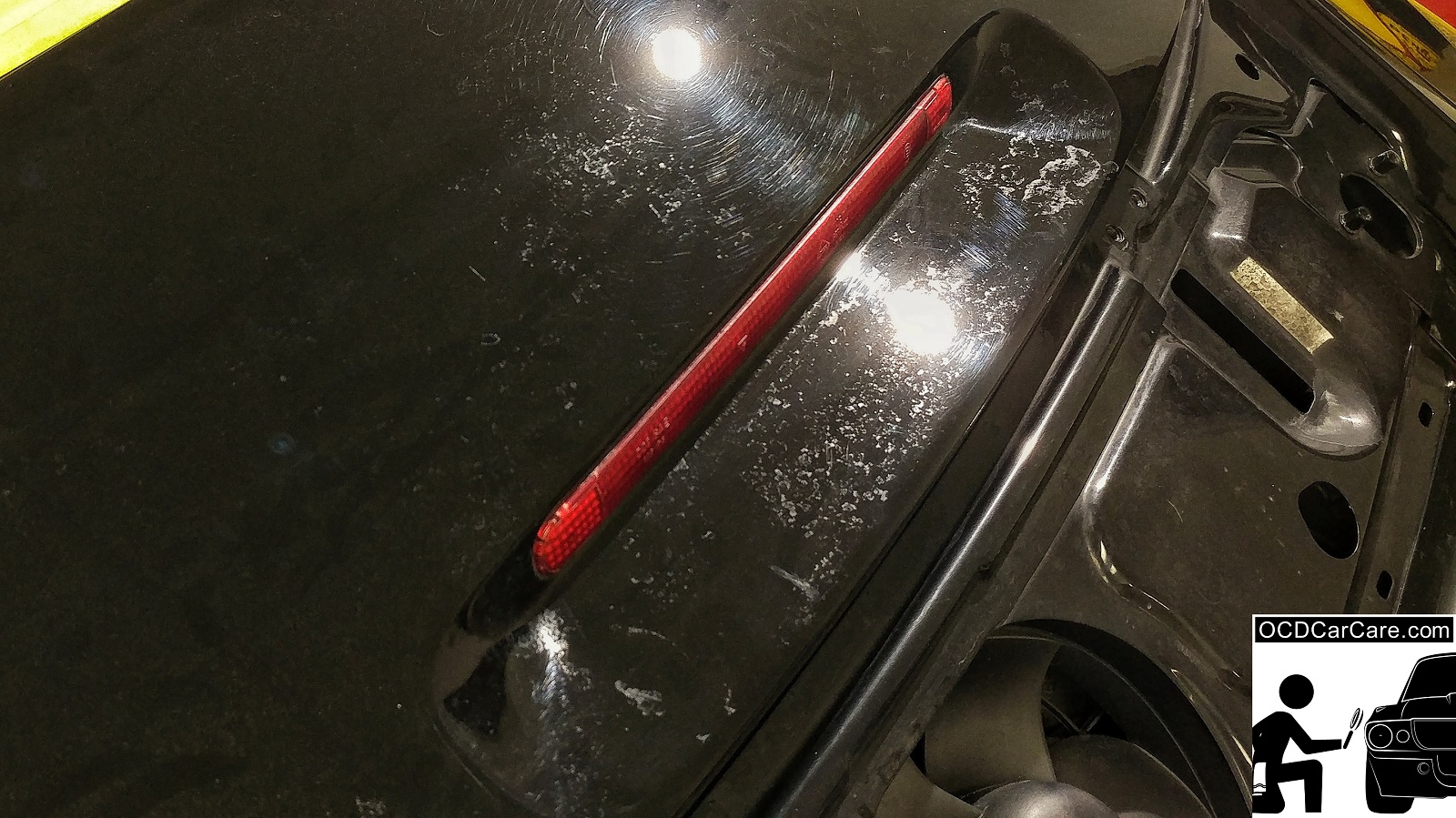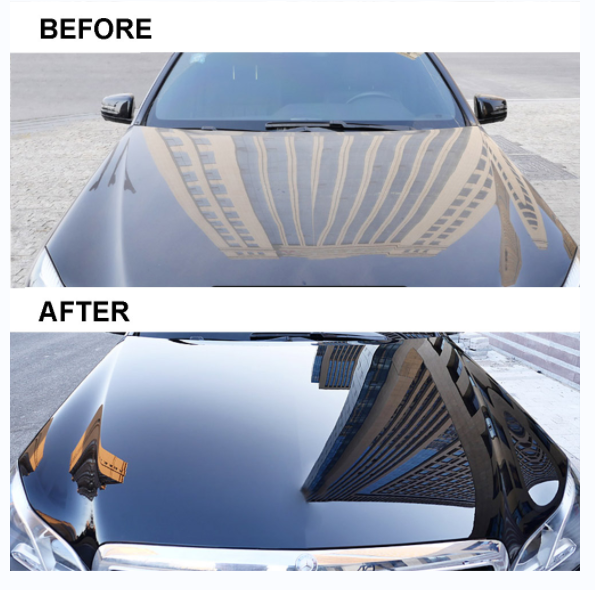Why Ceramic Coating Is Essential for Maintaining Your Car’s Paint
Ceramic Finish vs. Traditional Wax: Which Gives Much Better Long-Term Defense?
The debate in between ceramic coverings and traditional wax for lorry security has garnered considerable focus among auto lovers and experts alike. While both satisfy of protecting paint, their distinctions in longevity, application, and long-lasting upkeep prices may affect a customer's selection. Ceramic coatings boast exceptional durability and resistance to environmental factors, yet the complexity of their application questions regarding availability and functionality. As we discover these contrasting choices, it ends up being crucial to take into consideration not just the prompt advantages but also the ramifications for automobile treatment over time.
Overview of Ceramic Finish
Ceramic coating has acquired considerable appeal among automobile fanatics and detailers alike because of its sophisticated safety top qualities. This innovative modern technology is created to produce a durable, hydrophobic guard over a lorry's paint surface, considerably enhancing its resistance to ecological impurities such as dust, UV rays, and chemical discolorations. Unlike typical wax, which provides a momentary layer of protection, ceramic coverings bond at a molecular level with the paint, using resilient longevity-- usually extending beyond two years with correct maintenance.
The application process entails thorough preparation of the car's surface, consisting of cleaning and polishing to guarantee optimum adhesion. When used, the finish cures to form a robust layer that not just includes deepness and gloss to the paint however additionally streamlines upkeep. With its hydrophobic residential or commercial properties, ceramic covering allows water and dirt to slide off even more easily, lowering the frequency of cleans and minimizing the danger of swirl marks.
Additionally, ceramic finishes are available in various formulations, enabling users to choose items tailored to their particular requirements and choices. Generally, ceramic finish represents a significant advancement in paint protection technology, delivering premium performance compared to traditional choices.
Summary of Typical Wax
Traditionally considered as a staple in vehicle treatment, wax works as a prominent choice for those looking for an uncomplicated approach to improve and safeguard their car's paint - ceramic coating. Automotive wax usually comprises all-natural active ingredients, such as carnauba, or artificial compounds, made to produce a protective layer externally of the paint. This layer not just improves the vehicle's gloss and beam but also supplies a barrier against ecological pollutants
The application of wax is normally straightforward, making it accessible for both experts and DIY enthusiasts. When applied, wax needs a healing duration, after which it sets to form a protective covering.
Nevertheless, while wax is efficient for boosting the visual appeal of a vehicle, it is essential to keep in mind that the protection it uses may require a lot more regular reapplication contrasted to alternate items, such as ceramic finishes. Overall, traditional wax remains a popular option for those focusing on ease of use and instant visual enhancement.
Resilience and Long Life Comparison
While both ceramic coatings and standard wax offer safety advantages for auto paint, their durability and longevity vary dramatically. Typical wax, generally made from all-natural carnauba or synthetic polymers, usually offers a safety look at this website layer that lasts approximately three to 6 months. This relatively short life expectancy requires normal reapplication to keep optimal defense.
On the other hand, ceramic coverings are engineered from sophisticated nanotechnology, developing a covalent bond with the paint surface area. This leads to a robust, hydrophobic layer that can withstand for 2 to 5 years, depending on the item and ecological conditions. The remarkable longevity of ceramic coatings is connected to their chemical framework, which provides improved resistance to scrapes, UV rays, and oxidation.

Protection Against Environmental Variables
Safeguarding a car's paint from ecological elements is vital for maintaining its appearance and worth with time. Cars are frequently exposed to a range of aspects, consisting of UV rays, bird droppings, tree sap, acid rain, and road crud, every one of which can compromise the stability of the paintwork.
Ceramic finishes supply a durable protection versus these ecological aggressors. Unlike conventional wax, which can degrade promptly under UV exposure, ceramic finishings develop a long lasting, hydrophobic layer that withstands the damaging impacts of sunshine and toxic wastes. This advanced innovation creates a chemical bond with the automobile's surface area, offering exceptional defense that lasts for several years, even in extreme problems.
Standard wax, while read this article less complicated to apply, generally calls for constant reapplication and offers restricted resistance to pollutants and UV rays. Gradually, it can break down, leaving the paint prone to scratches and oxidation. On the other hand, ceramic finishings maintain their protective qualities longer, significantly minimizing the danger of paint damages and guaranteeing that the car retains its aesthetic charm. As an outcome, ceramic coatings are progressively identified as the remarkable choice for long-lasting protection against ecological factors.
Application and Maintenance Differences
The approaches of application and succeeding upkeep for ceramic finishes and typical wax differ substantially, affecting the overall customer experience and efficiency of each item. Ceramic coverings need an even more complex application procedure, normally including surface preparation that consists of cleaning, decontaminating, and brightening the vehicle. When the surface area prepares, the ceramic finish is used in a regulated atmosphere, often requiring professional review experience to guarantee correct curing and bonding to the paint.

While both products enhance lorry look, the longer-lasting protection supplied by ceramic coverings might justify their first financial investment, in spite of the even more requiring application procedure. Alternatively, traditional wax stays a popular option for those looking for an easier, albeit short-term, service.

Verdict
In final thought, ceramic finishes show significant benefits over conventional wax in terms of resilience and environmental management. With a lifespan extending 2 to five years and premium resistance to UV rays, dust, and chemical spots, ceramic coatings offer a much more efficient option for lasting lorry upkeep. The application procedure may require expert experience, the resulting price savings and reduced frequency of reapplication emphasize the value of ceramic finishes for those looking for optimal lorry security.
The discussion between ceramic finishings and conventional wax for vehicle security has actually garnered significant attention amongst automobile enthusiasts and professionals alike. Unlike conventional wax, which supplies a short-term layer of security, ceramic layers bond at a molecular level with the paint, providing durable resilience-- often extending past 2 years with proper maintenance.
While both ceramic finishes and traditional wax deal protective benefits for automobile paint, their longevity and longevity vary considerably. For automobile lovers seeking long-term security, ceramic finishes present an engaging benefit over conventional wax items.
In conclusion, ceramic finishes show substantial advantages over traditional wax in terms of durability and environmental defense.